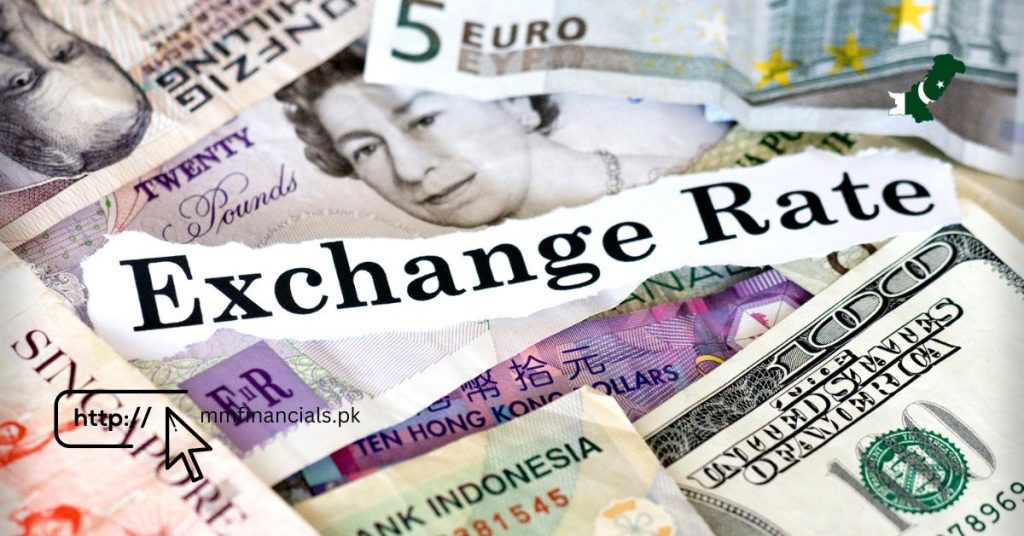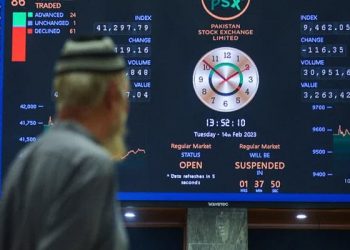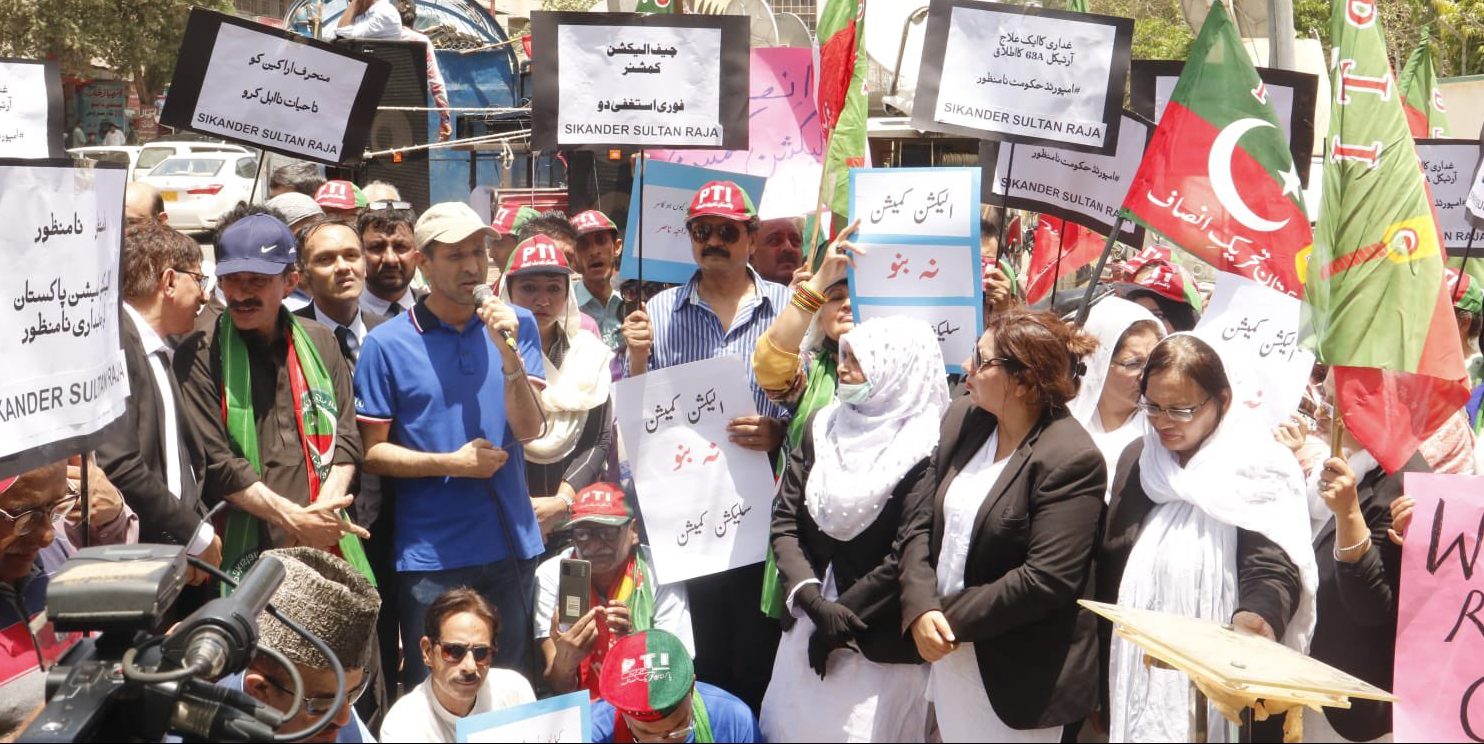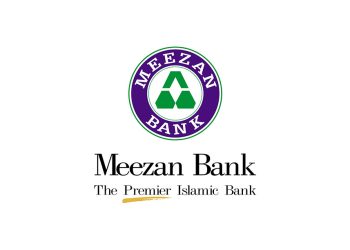In February 2024, the Real Effective Exchange Rate (REER) of the Pakistani Rupee (PKR) saw a slight increase of 0.41% month-on-month, reaching a provisional value of 102.17, up from January’s revised value of 101.75. This uptick, as reported by the State Bank of Pakistan (SBP), marks an 18.13% year-on-year increase compared to February 2023, highlighting the highest REER level since May 2021. Such movements in the REER index reflect the changing competitiveness of the PKR in relation to a basket of currencies from Pakistan’s major trading partners, adjusted for inflation differentials.
Simultaneously, the Nominal Effective Exchange Rate (NEER) index also rose by 0.99% in February 2024 to a provisional value of 38.79 from 38.41 in January. Despite the month-on-month increase, the NEER index experienced a 1.27% decline on a year-on-year basis. The PKR itself appreciated marginally by 0.14% against the USD in February, closing at 279.11. However, this represents a depreciation of 6.31% compared to February 2023.
The REER index appreciated to 102.2 in Feb 24 compared to 101.8 in Jan 24.
For details see https://t.co/0pjvdnFg8Y#SBPREER pic.twitter.com/SAZiJ1Kgvd— SBP (@StateBank_Pak) March 19, 2024
The increase in the REER index to 102.17 indicates that, on average, Pakistan’s currency has become slightly more expensive relative to its major trading partners’ currencies since 2010 (the base year for the REER calculation set at 100). This can have significant implications for Pakistan’s trade competitiveness, as an appreciated REER suggests that Pakistani exports might become more expensive and less competitive internationally, while imports could become cheaper, potentially benefiting consumers but challenging local producers.
The movement of the REER index above the “fair value” of 100, as per the SBP’s methodology, does not imply that the PKR is at its equilibrium value but rather indicates a relative change from its 2010 average. This distinction is crucial for understanding the implications of REER movements on trade dynamics and competitiveness.
Given the recent data, the slight appreciation in the REER suggests potential pressures on Pakistan’s export competitiveness, making its goods more costly abroad. This scenario could lead to a decreased demand for Pakistani exports, potentially affecting the country’s trade balance. However, the increased cost of imports may not entirely translate into inflationary pressures domestically due to the PKR’s depreciation against the USD on a yearly basis, indicating a more complex economic scenario.
The dynamics between the REER and NEER indices, alongside the PKR’s performance against the USD, underline the intricate balance between maintaining a competitive export sector and managing the cost of imports. With the REER currently above its 2010 baseline, policymakers must navigate these economic indicators carefully to ensure that Pakistan’s economy remains resilient in the face of changing global trade dynamics and currency competitiveness.
In light of the NEER’s 0.99% stated increase in February 2024, Pakistan’s main trading partners’ currencies have seen a nominal strengthening of the PKR. But the NEER index has been declining year over year, indicating that Pakistan’s currency competitiveness may fluctuate over time. This nominal appreciation contrasts with this trend. To obtain a complete picture of the currency’s status and the larger economic ramifications for trade and inflation, it is crucial to take into account both the NEER and REER while analysing these adjustments.
REER & NEER
The Real Effective Exchange Rate (REER) is an index that measures the value of a country’s currency relative to the weighted average of its major trading partners’ currencies, adjusted for inflation. It’s a crucial indicator used to evaluate a currency’s competitiveness, purchasing power, and overall economic health. A REER value of 100 is typically considered its base or “fair value.” When the REER deviates from this base, it indicates changes in the country’s currency competitiveness.
REER INCREASES ABOVE FAIR VALUE (100)
When the REER increases above the fair value of 100, it implies that the country’s currency has appreciated in real terms against the currencies of its trading partners. This can have several implications:
- Decreased Export Competitiveness: An appreciated currency makes a country’s exports more expensive and less competitive in international markets. This can lead to a decrease in export volumes.
- Cheaper Imports: With a stronger currency, imports become cheaper. While this can benefit consumers and companies that rely on imported goods, it can also negatively affect domestic industries by exposing them to tougher foreign competition.
- Inflationary Pressures: A higher REER can exert downward pressure on inflation since imports become cheaper. However, this effect can vary based on the economy’s reliance on imports and other factors.
- Impact on Economic Growth: While cheaper imports and reduced inflation might seem beneficial, the overall impact on economic growth can be negative if a decline in exports leads to a trade imbalance and affects industries and employment.
REER DECREASES BELOW FAIR VALUE (100)
When the REER decreases below the fair value of 100, it suggests that the country’s currency has depreciated in real terms against the currencies of its trading partners. This can lead to:
- Increased Export Competitiveness: A cheaper currency makes a country’s exports more competitively priced on the global market, potentially boosting export volumes.
- More Expensive Imports: The cost of imports rises, which can increase the prices of goods in the domestic market, potentially leading to inflation.
- Inflationary Pressures: A lower REER can cause import-driven inflation, impacting the cost of living and potentially leading to wage-price spirals.
- Impact on Economic Growth: An increase in exports can stimulate economic growth, especially in export-oriented economies. However, the benefits need to be balanced against the risks of inflation and the impact on import costs.
NEER
The Nominal Effective Exchange Rate (NEER) is an index that measures the value of a country’s currency relative to a basket of currencies of its major trading partners. Unlike the Real Effective Exchange Rate (REER), which adjusts for inflation differentials between countries, the NEER is unadjusted for price levels. This makes the NEER a more straightforward indicator of the foreign exchange market movements and the nominal competitiveness of a country’s currency.
NEER is calculated by taking an average of the bilateral exchange rates between the home country and its trading partners, weighted by their respective trade balances (i.e., the share of trade each country represents for the home country). These weights ensure that the currencies of larger trading partners have a bigger impact on the NEER than those of smaller partners.
IMPLICATIONS OF NEER MOVEMENTS
- Appreciation in NEER: If the NEER increases, it means that the home country’s currency has strengthened against the currencies in the basket. An appreciated NEER can make a country’s exports more expensive and less competitive internationally, while making imports cheaper. This could potentially lead to a trade deficit if the country starts importing more due to lower prices but exports less because of reduced competitiveness.
- Depreciation in NEER: Conversely, if the NEER decreases, the home country’s currency has weakened against the currencies in the basket. This can make the country’s exports cheaper and more competitive internationally, potentially boosting export volumes. However, it can also make imports more expensive, which might lead to inflationary pressures if the country relies heavily on imported goods.
NEER vs. REER
While both indices are used to assess a currency’s external value and its impact on trade competitiveness, they serve different analytical purposes:
- NEER provides a more immediate view of currency movements and competitiveness as it reflects current exchange rates without adjusting for inflation. It’s particularly useful for monitoring short-term exchange rate policies and their immediate impact on trade.
- REER, by adjusting for price levels, offers a deeper insight into the medium to long-term competitiveness of an economy. It’s more indicative of the economy’s underlying trade dynamics and purchasing power parity over time.



















